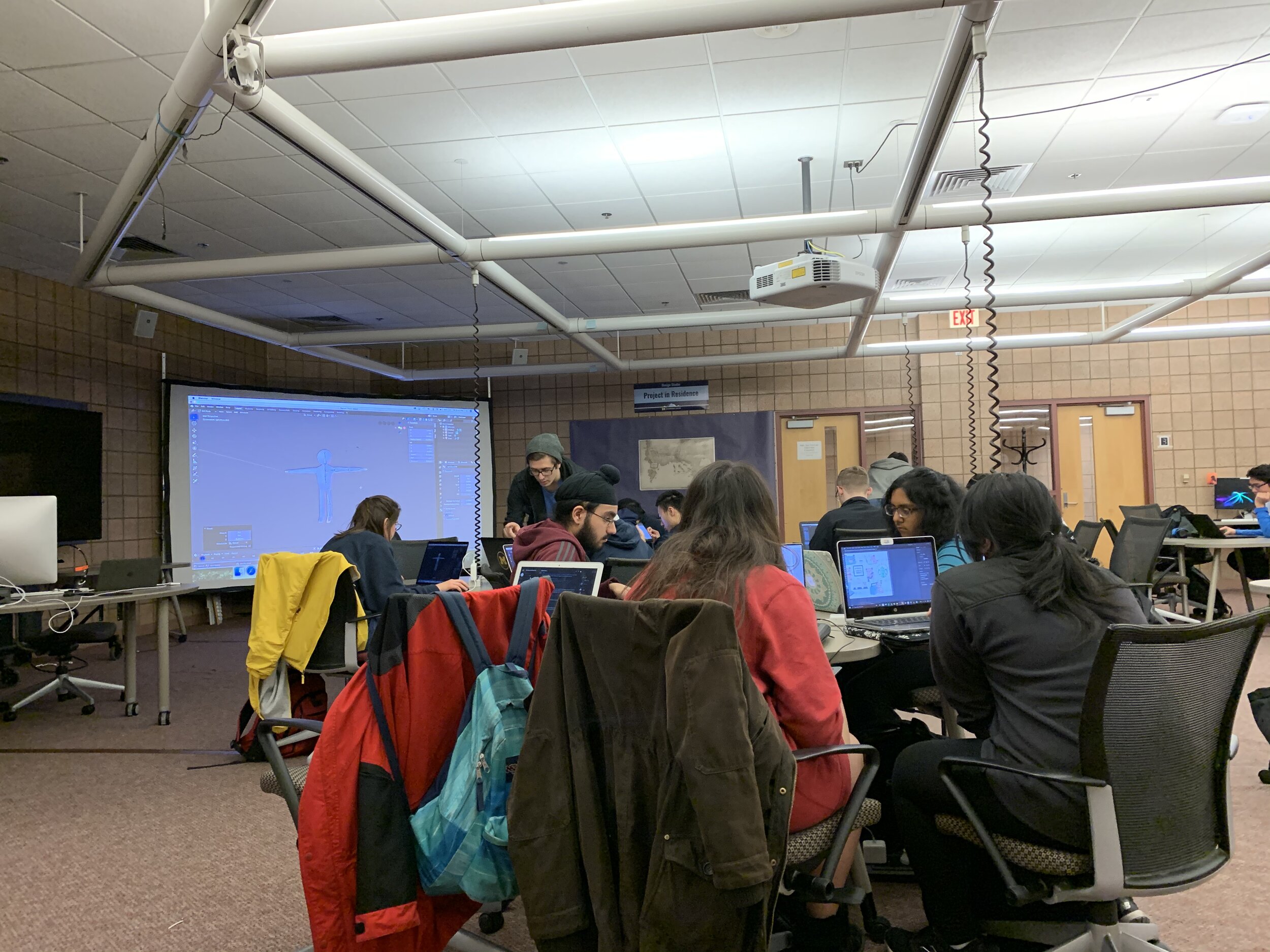
What Is WolverineSoft Studio?
Learn more about the University of Michigan’s non-profit student-run educational games studio.
We’ve moved to notion!
Questions About the Studio?
Email us any time at wsoft.studio@umich.edu

Learn more about the University of Michigan’s non-profit student-run educational games studio.
Email us any time at wsoft.studio@umich.edu